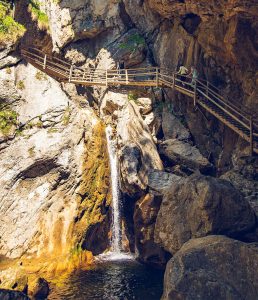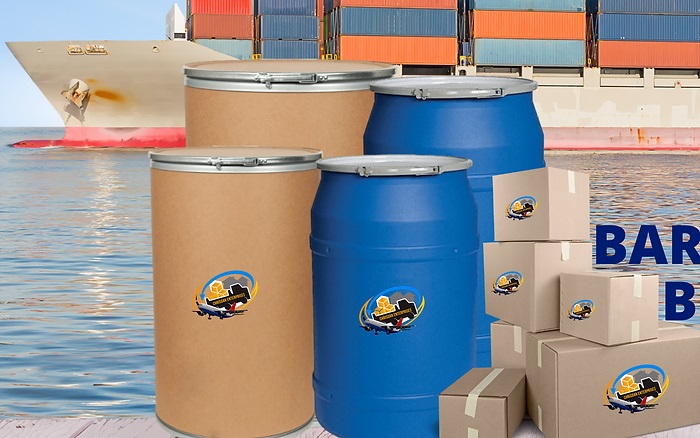Dominican Republic
Welcome to Dominican Republic
The Unmatched Beauty of the Dominican Republic

The Dominican Republic, a Caribbean gem, is a paradise that boasts an awesome beauty that is truly unmatched. This tropical haven is not just about the sun, sand, and sea, but it also offers a rich cultural heritage, vibrant cities, and breathtaking landscapes that are sure to captivate any traveler’s heart.
As you step foot on this beautiful island, you are immediately greeted by the warm smiles of the locals, known as Dominicans. Their hospitality is as inviting as the country’s sunny weather, making you feel at home in an instant. The Dominican Republic is a melting pot of cultures, a fusion of Taino, Spanish, and African influences, which is evident in their music, dance, food, and even in their language. Merengue and Bachata, two popular music and dance genres that originated from this country, are a testament to the Dominican’s love for rhythm and movement.
The Dominican Republic’s cuisine is another aspect that reflects its rich cultural heritage. The country’s traditional dishes, such as La Bandera Dominicana, a hearty meal consisting of rice, beans, and meat, and Mangu, a delicious dish made from mashed plantains, are a must-try for any food lover. The flavors are as diverse and vibrant as the country itself, offering a gastronomic experience that is sure to delight your taste buds.
But the Dominican Republic’s beauty is not just confined to its culture and people. The country is also home to some of the most stunning natural landscapes in the Caribbean. From its pristine beaches with crystal clear waters and white sands to its lush mountains and verdant rainforests, the Dominican Republic is a nature lover’s paradise. The country’s diverse flora and fauna add to its charm, making it a perfect destination for those who love to explore the great outdoors.
One of the country’s most iconic natural attractions is the Punta Cana region, known for its idyllic beaches and luxurious resorts. Here, you can bask in the sun, swim in the turquoise waters, or simply relax and enjoy the breathtaking view. But if you’re more of an adventure seeker, the country’s northern region offers a plethora of activities such as hiking, white water rafting, and even whale watching.
The Dominican Republic’s capital, Santo Domingo, is another must-visit destination. As the oldest city in the New World, it is steeped in history and full of architectural wonders. The city’s Colonial Zone, a UNESCO World Heritage site, is a living museum filled with historical landmarks, charming cobblestone streets, and beautiful Spanish colonial buildings.
The Dominican Republic is indeed a country of awesome beauty. Its vibrant culture, friendly people, delicious cuisine, and stunning natural landscapes make it a destination that offers something for everyone. Whether you’re a beach lover, a history buff, a foodie, or an adventure seeker, the Dominican Republic is a place that will surely leave you in awe and make you fall in love with its unmatched beauty. So, if you’re planning your next vacation, consider the Dominican Republic. It’s a place where you can experience the awesome beauty of the Caribbean in its full glory.
When to Visit the Dominican Republic
The Dominican Republic experiences a tropical climate with warm temperatures throughout the year. However, the weather can be broadly divided into two seasons: the dry season and the wet season. The dry season, which runs from December to April, is generally considered the best time to visit. During this period, the weather is pleasantly warm with less humidity and minimal rainfall, making it perfect for exploring the country’s stunning beaches, lush mountains, and vibrant cities.
The dry season also coincides with the peak tourist season. The influx of tourists during this time is due to the appealing weather conditions and the opportunity to escape the winter chill in other parts of the world. Consequently, the country’s popular tourist spots are bustling with activity, and there is a vibrant atmosphere with numerous festivals and events taking place. However, this also means that prices for flights and accommodations are at their highest, and popular attractions may be crowded.
The Dominican Republic: A Paradise of Natural Wonders
The Dominican Republic, a Caribbean gem, is a paradise of natural wonders that never ceases to amaze its visitors. This tropical haven is not just about the sun, sand, and sea, but it also boasts a rich tapestry of landscapes that range from lush rainforests to towering mountains, from serene lakes to mysterious caves. The awesome beauty of the Dominican Republic is a testament to the country’s diverse and vibrant ecosystem, making it a must-visit destination for nature lovers and adventure seekers alike.
As soon as you set foot on this Caribbean paradise, you’ll be greeted by the sight of pristine beaches with crystal-clear waters and powdery white sand. The Dominican Republic is home to some of the world’s most beautiful beaches, such as Punta Cana and Bavaro, which are perfect for sunbathing, swimming, and water sports. The coastal areas are also teeming with vibrant coral reefs that are a sight to behold for snorkelers and divers.
But the beauty of the Dominican Republic extends far beyond its stunning coastlines. Venture inland, and you’ll find yourself in the midst of lush rainforests and national parks that are home to a wide array of flora and fauna. The Los Haitises National Park, for instance, is a haven for birdwatchers, with over 200 species of birds residing in its mangrove forests. Meanwhile, the Jaragua National Park is known for its diverse wildlife, including the world’s smallest reptile, the Jaragua Sphaero.
The Dominican Republic is also blessed with a rich topography that includes the highest peak in the Caribbean, Pico Duarte. This majestic mountain is a popular destination for hiking and offers breathtaking views of the surrounding landscapes. The country’s mountainous regions are also home to a number of beautiful waterfalls, such as the Salto de Jimenoa and the 27 Waterfalls of Damajagua, which provide a refreshing respite from the tropical heat.
Adding to the country’s natural allure are its numerous caves and underground rivers, which offer a glimpse into the Dominican Republic’s ancient past. The Taino cave paintings in the Cuevas de las Maravillas, for example, provide a fascinating insight into the island’s pre-Columbian history. These caves are not just historical sites, but they also serve as habitats for various species of bats and insects, further adding to the country’s biodiversity.
The Dominican Republic’s natural beauty is complemented by its warm and welcoming people. The locals, known for their hospitality and friendly demeanor, are always eager to share their love for their country with visitors. Whether it’s through their traditional music and dance, their delicious cuisine, or their vibrant festivals, the Dominican people truly add to the overall charm of this Caribbean paradise.
In conclusion, the Dominican Republic is a paradise of natural wonders that offers something for everyone. From its stunning beaches and vibrant coral reefs to its lush rainforests and majestic mountains, from its mysterious caves to its rich wildlife, the country’s diverse landscapes and ecosystems are a testament to its awesome beauty. So, whether you’re a nature lover, an adventure seeker, or simply someone looking for a tropical getaway, the Dominican Republic is a destination that’s sure to leave you in awe.
Unveiling the Majestic Beauty of the Dominican Republic’s Landscapes
The Dominican Republic, a Caribbean gem, is a paradise that boasts an awesome beauty that is nothing short of breathtaking. This tropical haven is not just about the sun, sand, and sea, but it also offers a rich tapestry of landscapes that are as diverse as they are stunning. From its highest peaks to its lowest valleys, the Dominican Republic is a testament to nature’s grandeur and majesty.
Nestled in the heart of the Caribbean, the Dominican Republic is home to the highest mountain range in the region, the Cordillera Central. This mountain range, also known as the Dominican Alps, is a sight to behold. The verdant slopes are adorned with lush tropical forests that are teeming with a diverse array of flora and fauna. The crowning glory of this range is Pico Duarte, the highest peak in the Caribbean, standing tall at over 10,000 feet. The trek to the summit is a challenging yet rewarding experience, offering panoramic views of the island that are simply awe-inspiring.
Transitioning from the lofty heights of the Cordillera Central, the Dominican Republic also hosts the lowest point in the Caribbean, the Lake Enriquillo. This saltwater lake, located in a rift valley, is a unique ecosystem that is home to American crocodiles, flamingos, and iguanas. The lake, surrounded by arid landscapes, presents a stark contrast to the lush greenery of the mountains, showcasing the country’s diverse topography.
The Dominican Republic’s beauty is not confined to its mountains and valleys. The country’s coastline is a spectacle in itself. With over 1,000 miles of coastline, the Dominican Republic offers some of the most beautiful beaches in the world. From the pristine white sands of Punta Cana to the golden shores of Puerto Plata, each beach is a slice of paradise. The turquoise waters of the Caribbean Sea, teeming with vibrant marine life, add to the allure of these coastal landscapes.

 Sign up for a Frequent Shipper Mailbox and enjoy these benefits when you ship monthly with Chrisdan Enterprises:
Sign up for a Frequent Shipper Mailbox and enjoy these benefits when you ship monthly with Chrisdan Enterprises: